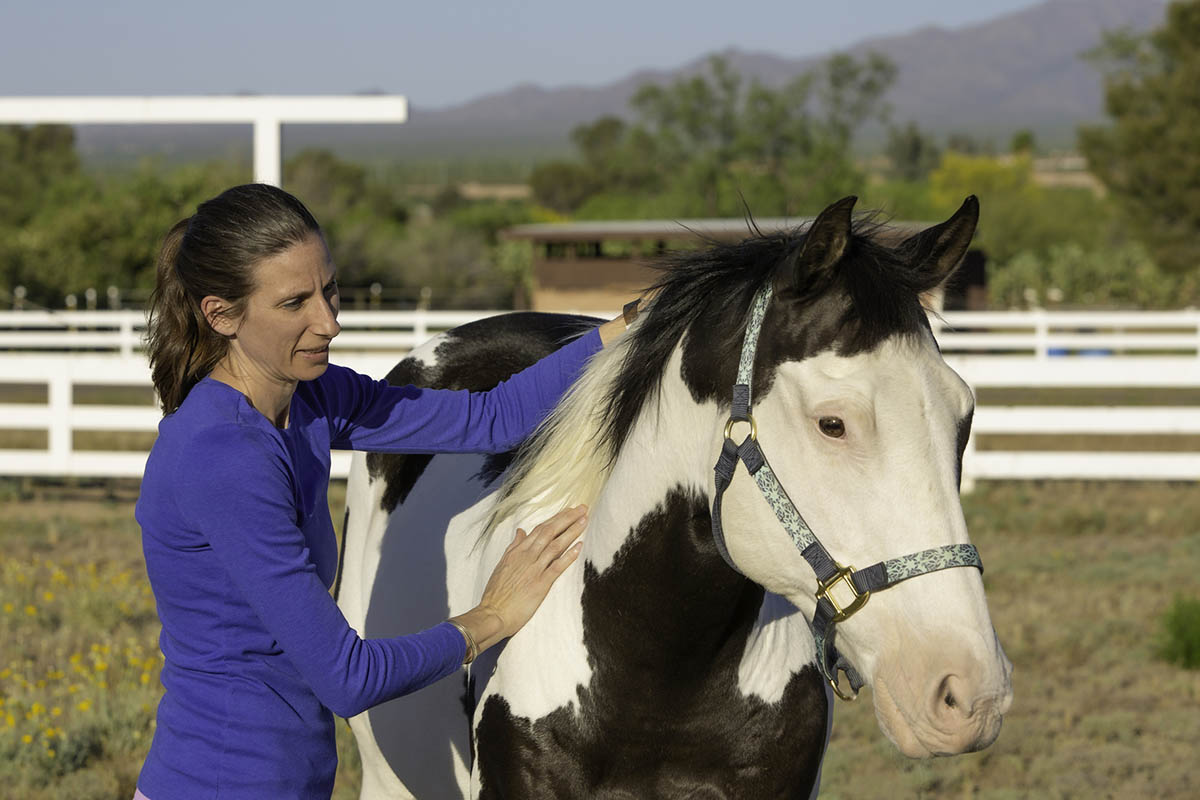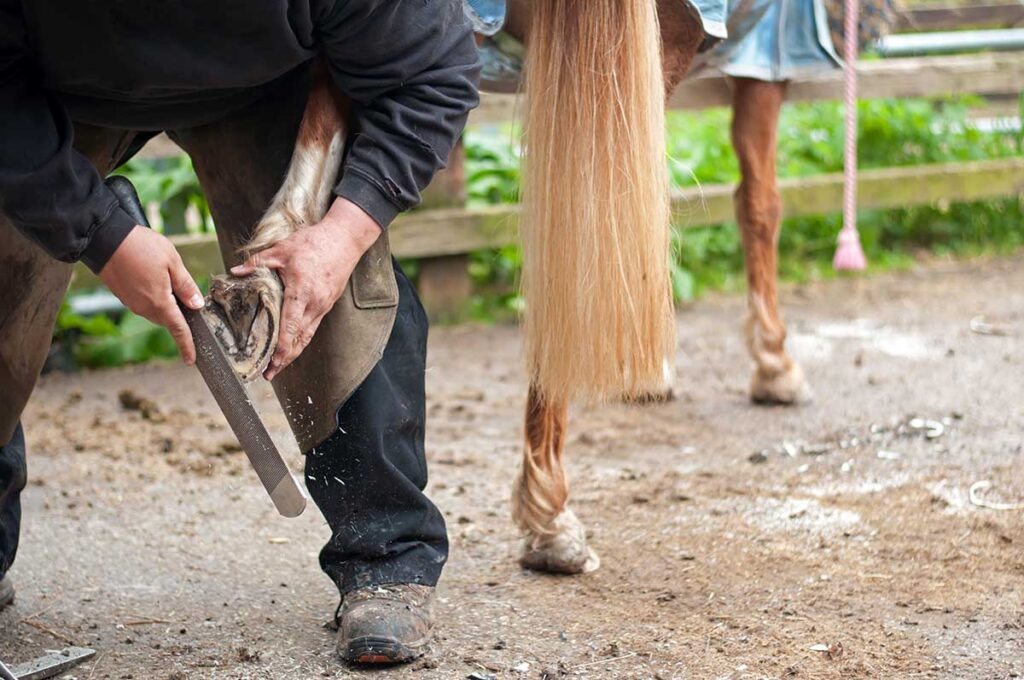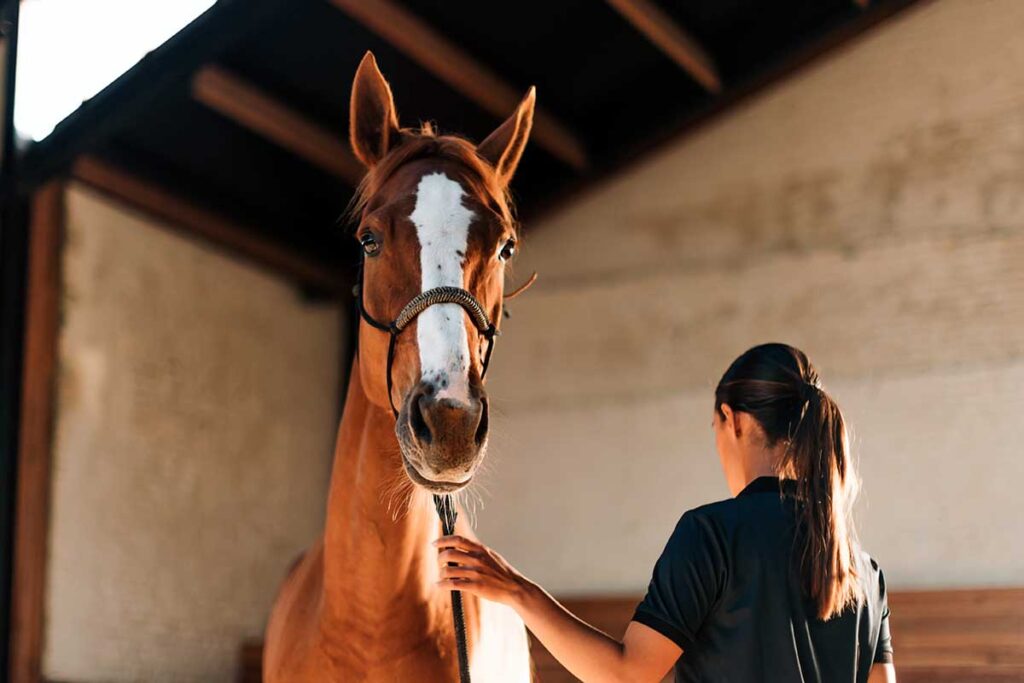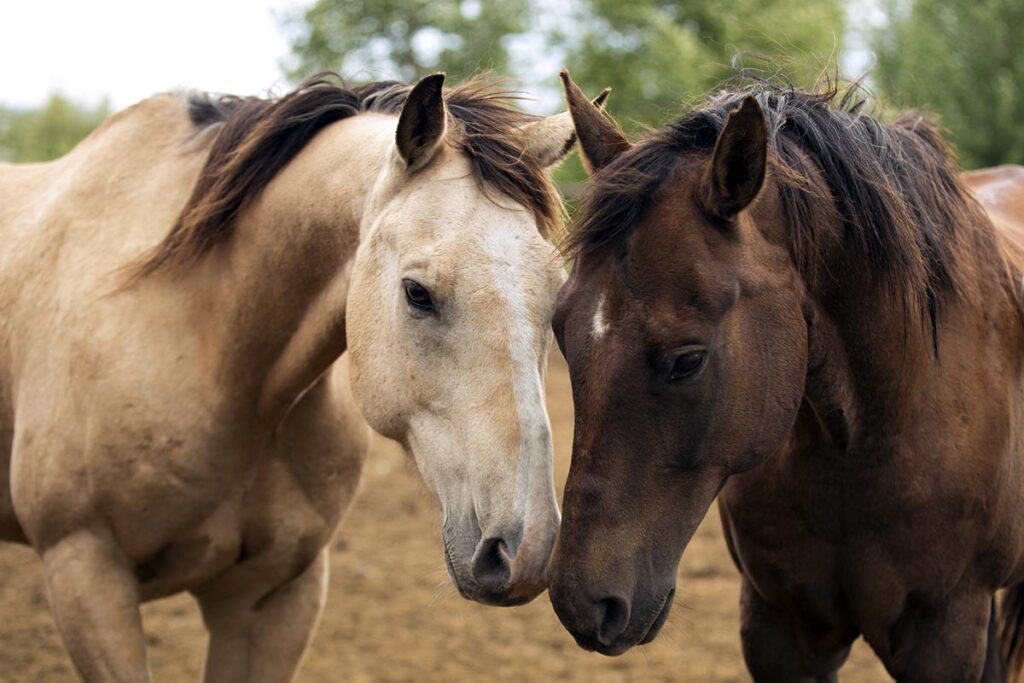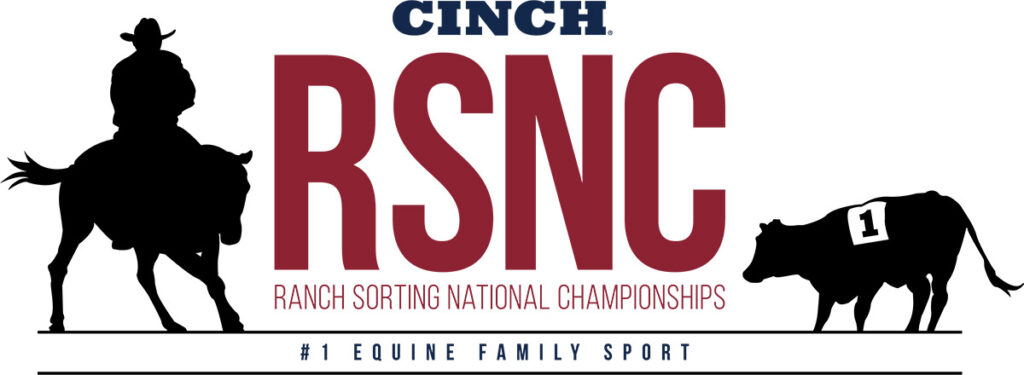Would you know if your horse was under- or overweight? Could you detect subtle weight gains and losses that might point to diet or health issues? With an understanding of horse body condition scores, you can! This industry-standard scoring system enables owners to accurately assess the amount of body fat on a horse of any size, age, breed, or type using only their eyes and hands. Here’s how.
Why Is a Horse’s Body Condition Important?
The Henneke body condition scoring (BCS) system is a nine-point scale that describes the amount of fat and muscle a horse has. A score of 1 is poor or emaciated, while a score of 9 is extremely fat or obese. Your horse should fall within a healthy range of 4 to 6, depending on his or her use.
By assessing your horse’s BCS regularly (every other week or once a month), you can tell whether diet changes are working or need to be made. They can also clue you in to your horse’s risk of developing weight-related diseases such as equine metabolic syndrome or insulin dysregulation.
| Body Condition Score | Description |
| 1 – Poor | Horse is extremely emaciated. The backbone, ribs, hipbones, and tailhead project prominently. Bone structure of the withers, shoulders, and neck easily noticeable. No fatty tissues can be felt. |
| 2 – Very Thin | Horse is emaciated. Slight fat covering over vertebrae. Backbone, ribs, tailhead, and hipbones are prominent. Withers, shoulders, and neck structures are discernible. |
| 3 – Thin | Fat built up about halfway on vertebrae. Slight fat layer can be felt over ribs, but ribs easily discernible. The tailhead is evident, but individual vertebrae cannot be seen. The hipbones cannot be seen, but withers, shoulder, and neck are emphasized. |
| 4 – Moderately Thin | Negative crease along back. Faint outline of ribs can be seen. Fat can be felt along tailhead. Hip bones cannot be seen. Withers, neck, and shoulders not obviously thin. |
| 5 – Moderate | Back is level. Ribs can be felt, but not easily seen. Fat around trailhead beginning to feel spongy. Withers are rounded and shoulders and neck blend smoothly into the body. |
| 6 – Moderately Fleshy | May have a slight crease down the back. Fat on the tailhead feels soft. Fat over the ribs feels spongy. Fat beginning to be deposited along the sides of the withers, behind the shoulders, and along the neck. |
| 7 – Fleshy | A crease is seen down the back. Individual ribs can be felt, but noticeable filling between ribs with fat. Fat around tailhead is soft. Noticeable fat deposited along the withers, behind the shoulders, and along the neck. |
| 8 – Fat | Crease down back is prominent. Ribs difficult to feel due to fat in between. Fat around tailhead very soft. Area along withers filled with fat. Area behind shoulders filled in flush with the barrel of the body. Noticeable thickening of neck. Fat deposited along the inner buttocks. |
| 9 – Extremely Fat | Obvious crease down back. Fat is in patches over rib area, with bulging fat over tailhead, withers, neck, and behind shoulders. Fat along inner buttocks may rub together. Flank is filled in flush with the barrel of the body. |
How To Score Your Horse

Use your hands and eyes to assess six key areas of your horse’s body: the ribs, shoulder, withers, loin, tailhead, and neck. When palpating each area, use a firm but gentle touch—like the amount of pressure a massage therapist would apply.
- Start with your horse’s rib cage. If you can clearly see your horse’s ribs, the score for that area should be below 5. If you can’t see the ribs but can feel them easily, his score is a 5. Above 7, you’ll have difficulty even feeling the ribs.
- Move to your horse’s shoulder, which, at a BCS of 5, should blend smoothly with the body. You’ll see the shoulder’s bony structures if his score is below 5 and bulging fat deposits behind the elbow at higher scores.
- Your horse’s withers should appear naturally rounded at a BCS of 5. At the high end of the scale, they’ll bulge with fat and at the low end the bones will be easily discernable.
- At a BCS of 5, your horse’s loin—the area behind where the saddle sits—should be level. Below 5 the spine will become more prominent, while at higher scores you’ll see a crease (picture a gutter) begin to develop along the spine.
- If your horse has a low BCS, his tailhead will be easy to see and feel. Above a BCS of 7, it will begin to feel soft and appear bulging.
- Your horse’s neck should blend smoothly with his body at a BCS of 5. With lower scores, you’ll see the neck’s bone structures, and with high BCS scores the neck will become thick and develop a “crest.”
- Total all the scores and divide them by six to get your horse’s resulting BCS rating.





Take-Home Message
By monitoring your horse’s body condition regularly, you can ensure he’s staying healthy and fit. You can also detect weight changes that might necessitate action. Talk to your veterinarian if you have any concerns about your horse’s weight or condition, and consult with an equine nutritionist to craft a proper feeding plan for your horse’s needs.
Are you enjoying this content? Sign up for My New Horse’s FREE newsletter to get the latest horse owner info and fun facts delivered straight to your inbox!

